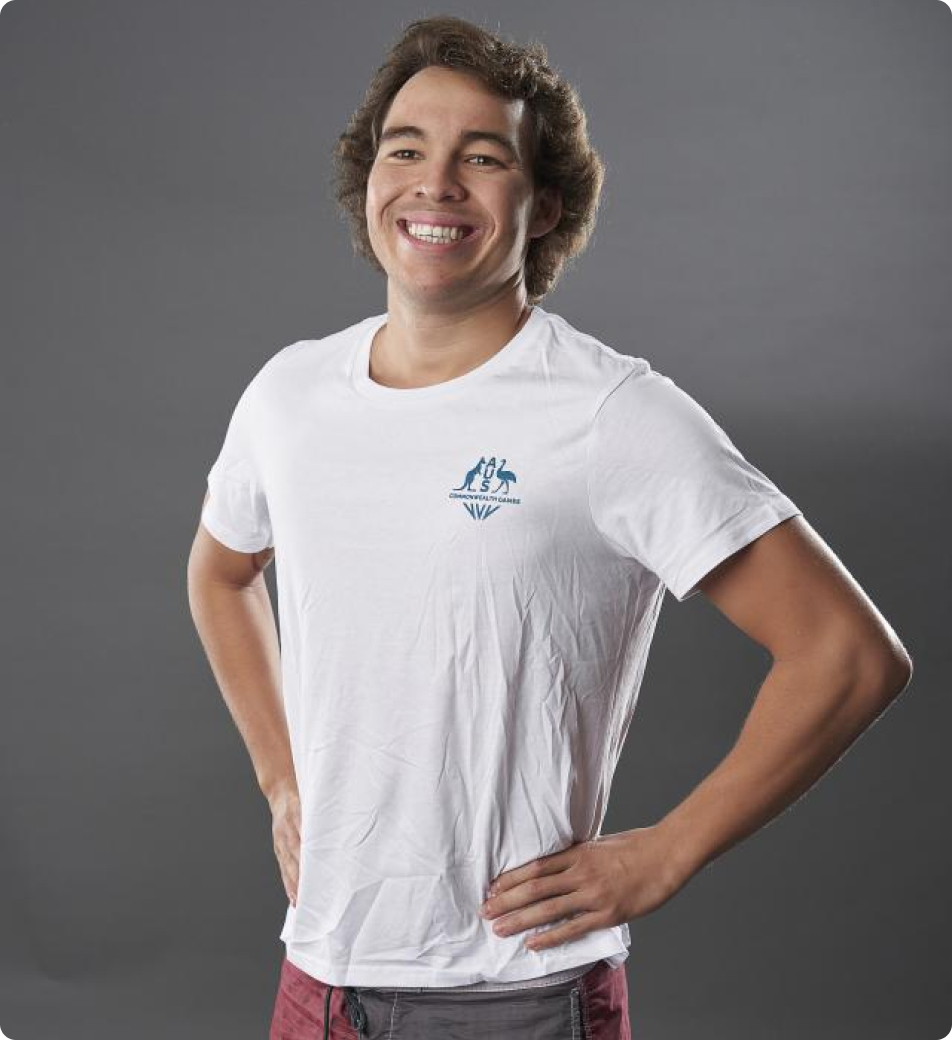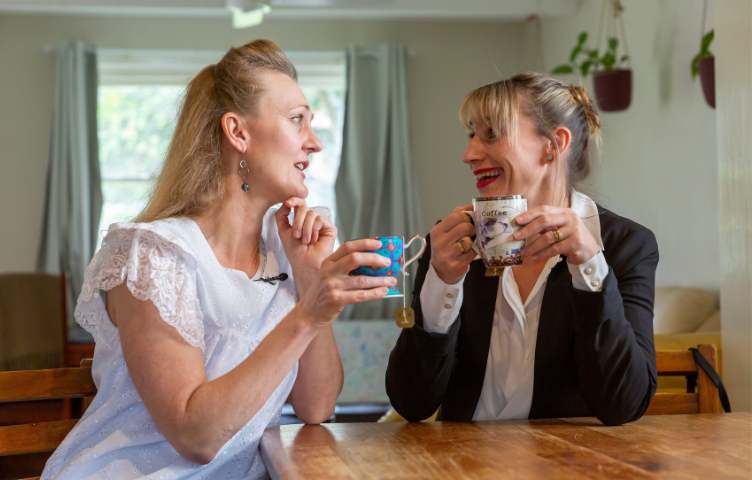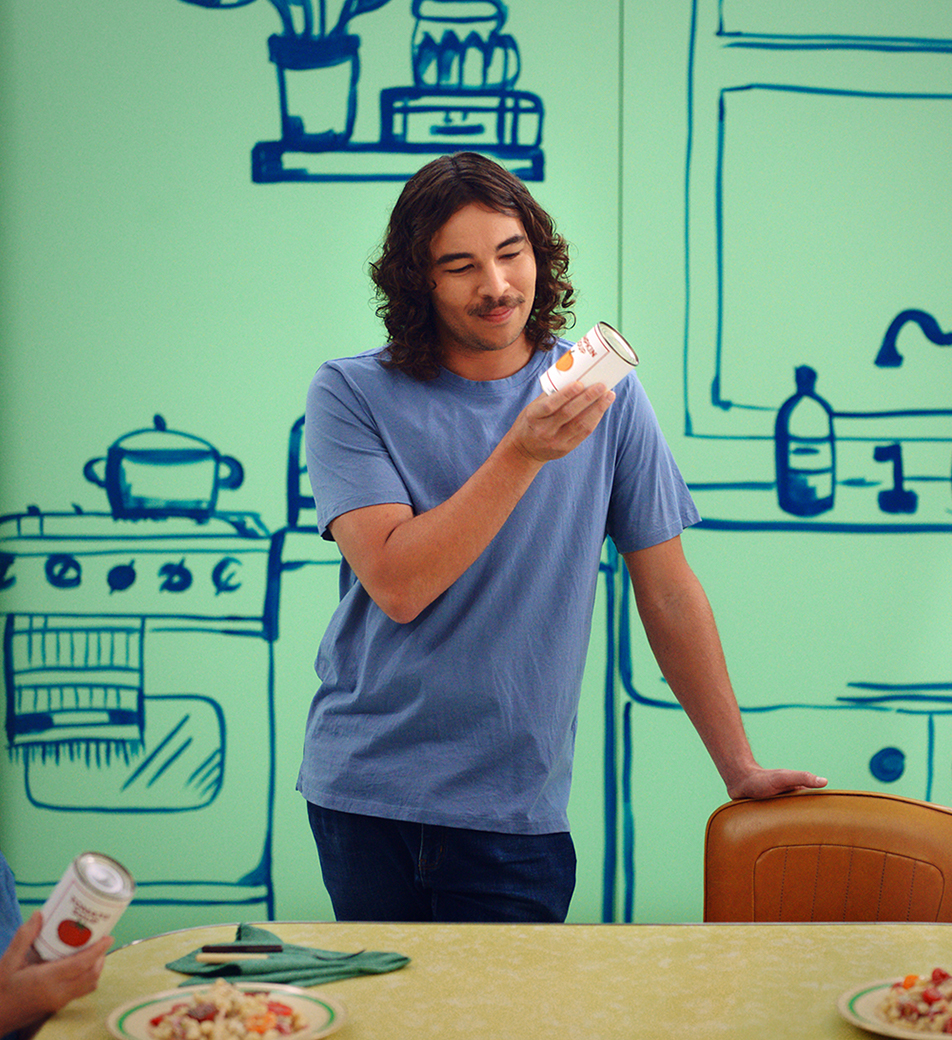
“If we're getting by let us be. If we need a hand, lend us one.”
Meet Braedan
Braedan has been living with Cone Rod Dystrophy since he was 8 years old.
Cone Rod Dystrophy is a group of inherited eye diseases that affect the light sensitive cells of the retina, which are known as the cones and rods.
He never let his eye condition stop him from following his dreams and achieving his goals.
Ways to be more inclusive and support someone with low vision
Be confident.
When it’s loud and noisy, it can be hard for someone with low vision to pick up on social cues. Know they are not being rude; they simply may not have heard you or even know you are there. This is where you can step in and introduce yourself, asking if they need any help.
Don’t assume.
When you assume, you can't know anything as fact. Appearances can be deceiving and often, a low vision condition is not physically visible and remains hidden throughout your interactions. The best way you can help and avoid making assumptions is to ask the right kinds of relevant questions to the situation you are both in.
Be educated.
Don't go around telling people what you think they would need and want. To act in a certain way because that’s how you do something. A great way for you to be more inclusive is by educating yourself on how someone with low vision sees the world. Then you can have the right kinds of conversations and ask if they need any support.

Acknowledgement
Funded by the Australian Government Department of Social Services.
Go to www.dss.gov.au for more information.











